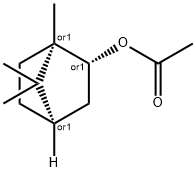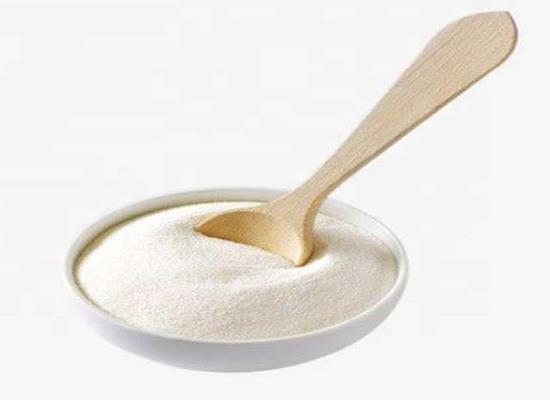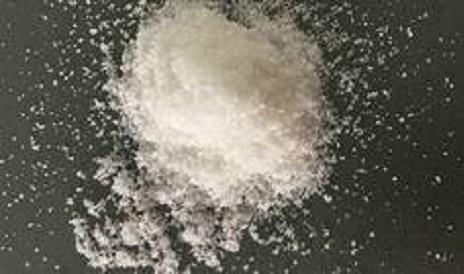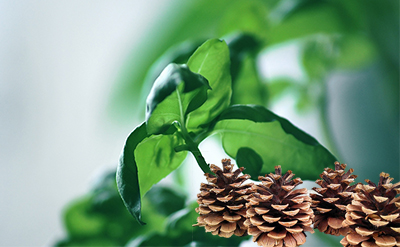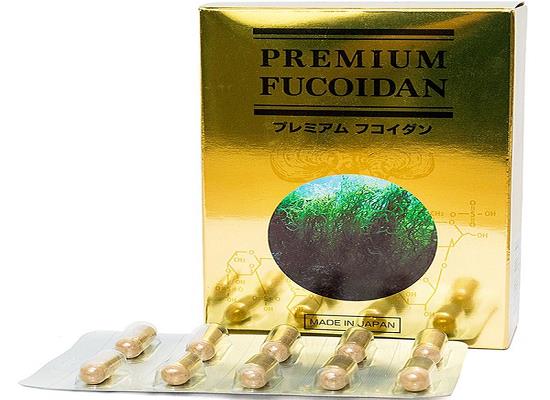Isobornyl Acetate: A Versatile Compound with Wide Origin and Biological Activities
General Description
Isobornyl acetate is a widely used chemical compound primarily derived from the resin of coniferous trees or synthesized chemically. It has a pleasant fruity odor and is used in the fragrance and flavor industry. Isobornyl acetate possesses various biological activities, including insecticidal, antimicrobial, anti-inflammatory, and antioxidant properties, making it useful in different industries. Its detection and quantification in different products or environments can be achieved through techniques such as gas chromatography, high-performance liquid chromatography, and infrared spectroscopy. These methods ensure product quality and safety.
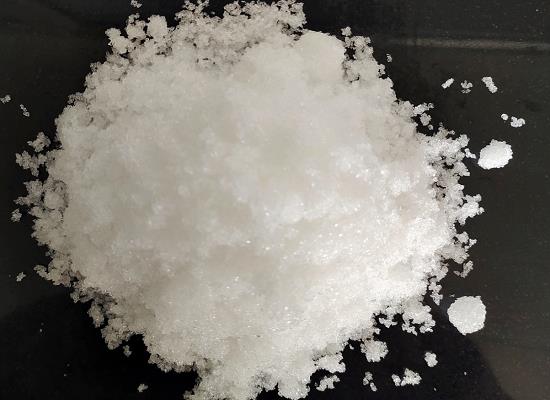
Figure 1. Isobornyl acetate
Origin
Isobornyl acetate, also known as iso-bornyl acetate or IBAC, is a chemical compound derived from natural sources. It is primarily obtained from the resin of various coniferous trees, such as pine, fir, and cedar. The resin is collected through a process called tapping, where incisions are made in the tree bark to allow the resin to flow out. Once the resin is collected, it undergoes a distillation process to isolate the desired compounds, including isobornyl acetate. This process involves heating the resin to separate volatile components, which are then condensed and purified. Isobornyl acetate is a colorless liquid with a pleasant fruity odor, making it a popular ingredient in the fragrance and flavor industry. Commercially, isobornyl acetate can also be synthesized through chemical reactions. However, the natural extraction method is preferred as it provides a more sustainable and environmentally friendly source. Isobornyl acetate has a wide range of applications, including its use as a fragrance in perfumes, soaps, and household products, as well as a flavoring agent in food and beverages. Its unique aroma adds a fresh and fruity note to various products. 1
Biological activities
Isobornyl acetate is a chemical compound commonly found in various natural sources, such as plants and essential oils. It is widely used in the fragrance and flavor industry due to its pleasant aroma and taste. Isobornyl acetate possesses several biological activities that make it a valuable compound. Firstly, it exhibits insecticidal properties, making it effective against various pests. This property has led to its use in insect repellents and as an ingredient in insecticides. Secondly, isobornyl acetate has been found to have antimicrobial activity. It can inhibit the growth of certain bacteria and fungi, which makes it useful in the development of antimicrobial agents. Additionally, this compound has shown potential anti-inflammatory effects. It can help reduce inflammation and soothe irritated skin, making it a beneficial ingredient in skincare products. Moreover, isobornyl acetate has demonstrated antioxidant properties, which can help protect cells from oxidative damage caused by free radicals. This makes it a promising compound for potential therapeutic applications. In conclusion, isobornyl acetate exhibits various biological activities including insecticidal, antimicrobial, anti-inflammatory, and antioxidant properties. Its versatility and effectiveness make it a valuable compound in the fragrance, flavor, and pharmaceutical industries. 2
Detection
Isobornyl acetate is a widely used compound in various industries such as fragrance and flavoring. It is important to accurately detect and quantify the presence of Isobornyl acetate in different products or environments for quality control purposes. Several methods can be employed for the detection of Isobornyl acetate. One commonly used technique is gas chromatography (GC). In this method, a sample containing Isobornyl acetate is injected into a GC instrument, where it is vaporized and passed through a column. The different components of the sample separate based on their affinity for the column, allowing for the identification and quantification of Isobornyl acetate. Another method is high-performance liquid chromatography (HPLC). Similar to GC, HPLC utilizes a column but operates with a liquid mobile phase instead of a gas. Isobornyl acetate is separated from other compounds based on its interaction with the column, and detection is achieved using various detectors such as UV-visible or mass spectrometry. Additionally, infrared spectroscopy (IR) can be employed for Isobornyl acetate detection. IR spectroscopy measures the absorption of infrared radiation by molecular bonds, providing a unique spectral fingerprint for the compound. These methods, when performed with appropriate calibration standards and quality controls, offer reliable and accurate detection of Isobornyl acetate in different samples and contribute to ensuring product quality and safety. 3, 4
Reference
1. Bader A, AlQathama A, Cioni PL, et al. Essential Oil Biodiversity of Achillea ligustica All. Obtained from Mainland and Island Populations. Plants (Basel). 2022;11(8):1054.
2. Chen CY, Wu PC, Tsao NW, Tseng YH, Chu FH, Wang SY. Anti-Inflammatory Activities of Constituents from Cinnamomum insularimontanum Hayata Leaves and Their Mechanisms. Plants (Basel). 2022;11(23):3252.
3. Buchbauer G, Jäger W, Jirovetz L, Meyer F, Dietrich H. Effects of valerian root oil, borneol, isoborneol, bornyl acetate and isobornyl acetate on the motility of laboratory animals (mice) after inhalation. Pharmazie. 1992;47(8):620-622.
4. Xin Z, Ren D, Zhang X, Yi Z, Yi L. Chromatographic Fingerprints Combined with Chemometric Methods Reveal the Chemical Features of Authentic Radix Polygalae. J AOAC Int. 2017;100(1):30-37.
You may like
Related articles And Qustion
Lastest Price from Isobornyl acetate manufacturers

US $0.00/KG2025-04-21
- CAS:
- 125-12-2
- Min. Order:
- 1KG
- Purity:
- 99.0%
- Supply Ability:
- 1000KG/month

US $8.00/kg2025-04-21
- CAS:
- 125-12-2
- Min. Order:
- 1kg
- Purity:
- 0.99
- Supply Ability:
- 10000
